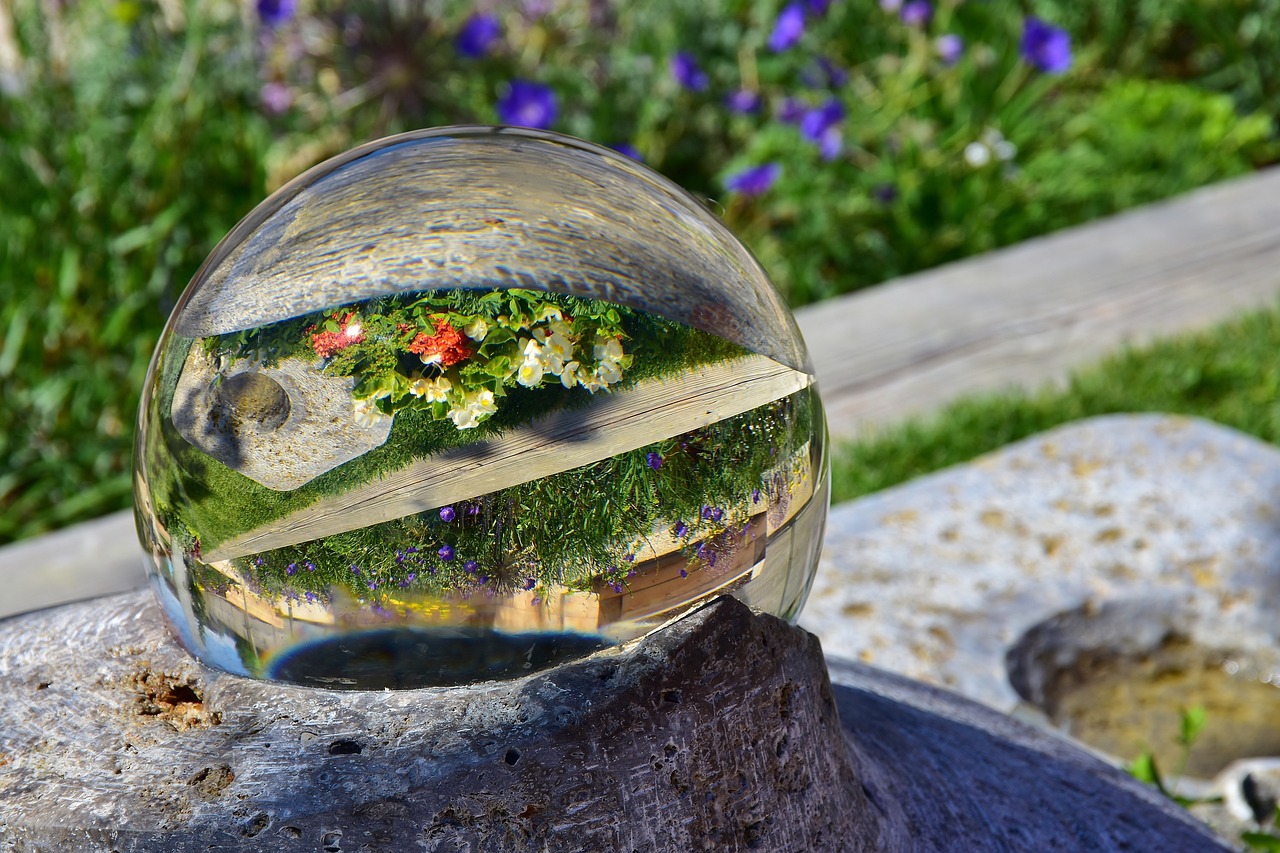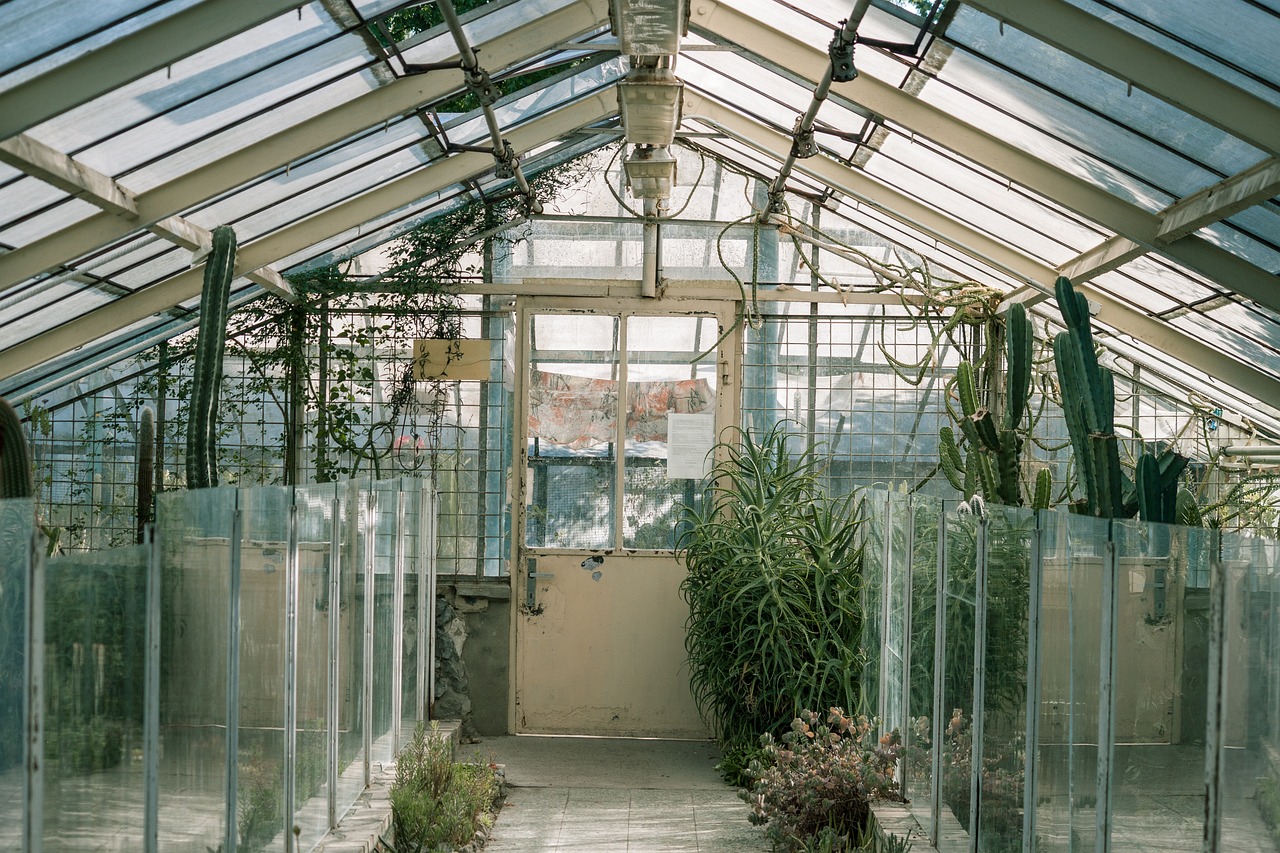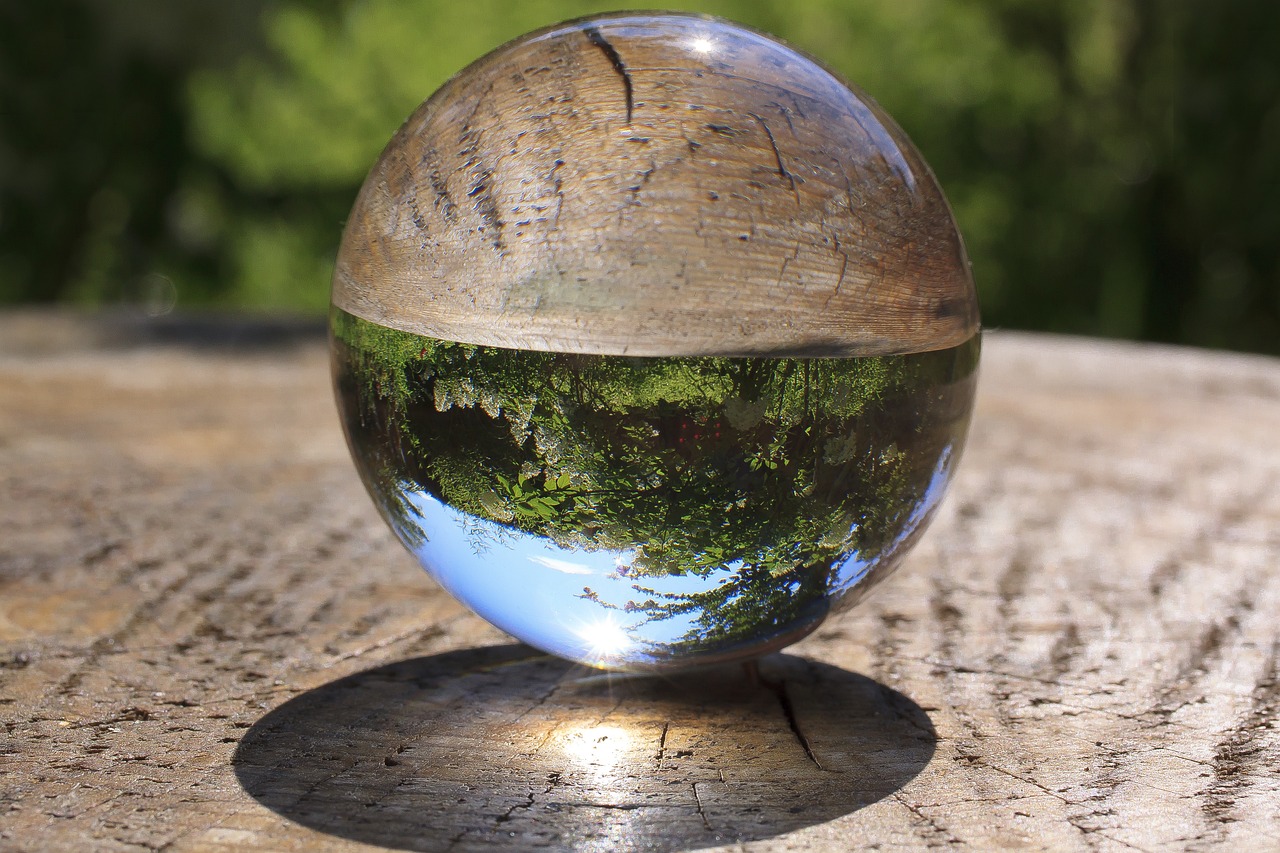A versatile and transformative material, glass has become a staple in contemporary garden design. Its ability to blur the boundaries between indoor and outdoor spaces, create stunning visual effects, and serve functional purposes makes it an invaluable asset for garden designers.
Glass is an exceptional choice for landscape design due to its multifaceted benefits. First and foremost, it seamlessly merges the boundaries between indoor and outdoor spaces, allowing garden enthusiasts to immerse themselves in the natural beauty of their surroundings while remaining sheltered from the elements. Its transparency creates an uninterrupted visual connection with the landscape, enhancing the sense of openness and tranquility.
Furthermore, glass’s reflective properties amplify the play of natural light, illuminating gardens with a soft, diffused glow that accentuates colors and textures. This enchanting interplay of light and glass adds a dynamic dimension to garden design, transforming ordinary spaces into captivating realms.
In terms of functionality, glass can serve various purposes, from providing shelter in garden conservatories to offering structural support in greenhouses. Its versatility enables innovative solutions like glass flooring and curved glass structures, elevating garden aesthetics while maintaining practicality.
Glass Walls and Partitions
Glass walls and partitions are a popular choice in modern garden design, offering several advantages that contribute to the overall impact of the space. They provide unobstructed views of the garden, allowing residents to feel connected to the outdoors even when inside. Here are some examples of how glass walls and partitions can be used effectively:
Garden Conservatories
Garden conservatories are glass-enclosed spaces that cultivate plants and offer a year-round connection to nature. These structures are often made entirely of glass, seamlessly transitioning from the garden to the interior. The Royal Botanic Gardens in Edinburgh, Scotland, features a stunning glasshouse known as the Palm House, which showcases a diverse range of tropical plants and demonstrates the impact of glass in garden design.
Glass Dividers
Glass dividers can be used to create separate zones within a garden, providing a sense of structure while maintaining a visual connection. In a contemporary garden, a glass partition could separate a dining area from a relaxation space without blocking the view of lush foliage.
Glass Sculptures and Ornaments
Glass sculptures and ornaments add an artistic dimension to garden design, infusing the space with color, light, and whimsy. Glass art is often found indoors, but outdoors, it can serve as focal points and create a sense of wonder. Here are a few examples:
Glass Garden Sculptures
Glass artists create exquisite sculptures that can be integrated into garden landscapes. A shimmering glass sculpture amidst a sea of greenery, like the Chihuly Garden and Glass exhibit in Seattle, USA, offers a stunning juxtaposition of organic and man-made beauty.
Glass Wind Chimes and Mobiles
Glass wind chimes and mobiles add visual interest and produce soothing sounds as they catch the breeze. These pieces can be strategically placed throughout the garden to enhance the sensory experience.
Innovative Use of Bent Glass
Bending glass for gardens allows for the creation of captivating curved structures that seamlessly integrate with natural landscapes. Some examples of glass curving can include garden walls, gazebos, or walkways, adding an artistic touch to outdoor spaces while providing protection from the elements. The fluidity and elegance of bent glass enhance the garden’s aesthetics, creating a harmonious fusion of man-made design and nature’s beauty.
Curved Glass Garden Walls
Bent glass can be employed to create curved garden walls that wind their way through the landscape. These walls can enclose private garden spaces or serve as striking focal points. The Guggenheim Museum in Bilbao, Spain, features curved glass walls that are architectural marvels and visually connect the building to the surrounding garden.
Glass Arbors and Gazebos
Imagine a garden arbor or gazebo with a gracefully curved glass roof, allowing dappled sunlight to filter through in an enchanting dance of light and shadow. Such structures provide both shelter and a sense of wonder, turning ordinary garden spaces into magical retreats.
Glass Flooring
Glass flooring is an innovative design choice that can profoundly impact garden spaces. It adds a touch of modernity and creates dynamic visual effects. Examples of glass flooring applications include:
Glass Pavers and Walkways
Glass pavers and walkways can be used to create transparent paths that appear to float above gardens or water features. The Garden of Cosmic Speculation in Scotland utilizes glass walkways to create a sense of walking on air, providing visitors with a unique and impactful experience.
Glass Flooring Over Water Features
Glass panels can be installed as flooring over water features, such as ponds or reflecting pools. This creates the illusion of walking on water, allowing light to penetrate the depths below. The Koi Pond at the Getty Center in Los Angeles, USA exemplifies the use of glass in this manner.
In conclusion, the use of glass in impactful garden design is a testament to human creativity and innovation. Whether through glass walls and partitions that seamlessly blend indoor and outdoor spaces, glass sculptures that add an artistic flair, glass flooring that creates dynamic effects, or the innovative use of bent glass to create organic shapes, the possibilities are endless. Glass elevates garden design to new heights, providing both functional benefits and aesthetic delights, and leaving a lasting impression on all who experience these gardens. It is a material that speaks to the harmonious coexistence of human design and the natural world, enriching our outdoor spaces in ways that are as striking as they are practical.




